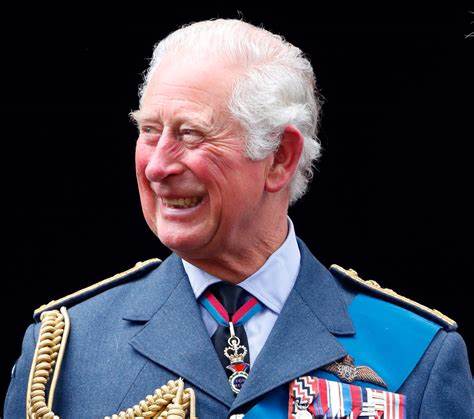In an era where information travels faster than light, a recent incident involving King Charles III of Britain has highlighted the challenges of misinformation. A death hoax involving the monarch went viral on Russian social media platforms, causing widespread confusion and alarm.
The rumor originated from a Telegram channel used by Vedomosti, a respected Russian newspaper. A photograph of King Charles in ceremonial military uniform was shared with the caption “British King Charles III has died,” which quickly spread across various social media platforms.
The British Embassy in Ukraine and Buckingham Palace were compelled to intervene to quell the rumors. They confirmed that King Charles III was very much alive, debunking the false reports.
The incident underscores the power and potential dangers of social media. In this digital age, misinformation can spread rapidly, leading to confusion and potentially serious consequences. This incident serves as a reminder of the importance of verifying information before sharing it.
Despite the false reports, King Charles III continues to fulfill his royal duties. He was recently photographed meeting Korean War veterans, further dispelling the rumors. The king’s ongoing public engagements serve as a testament to his commitment to his role, even amidst such challenging circumstances.
This incident has sparked discussions about the role of social media in spreading misinformation and the need for more robust fact-checking mechanisms. As we navigate the digital landscape, it is crucial to approach information with a discerning eye and verify facts before sharing them.









